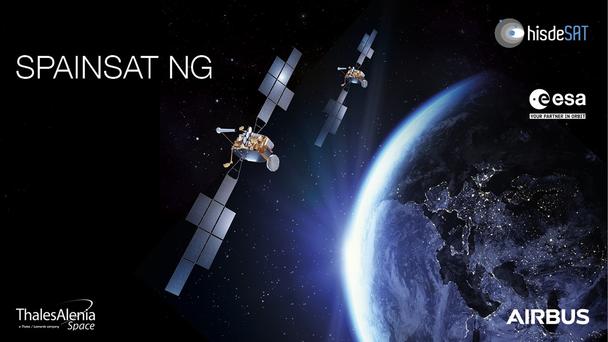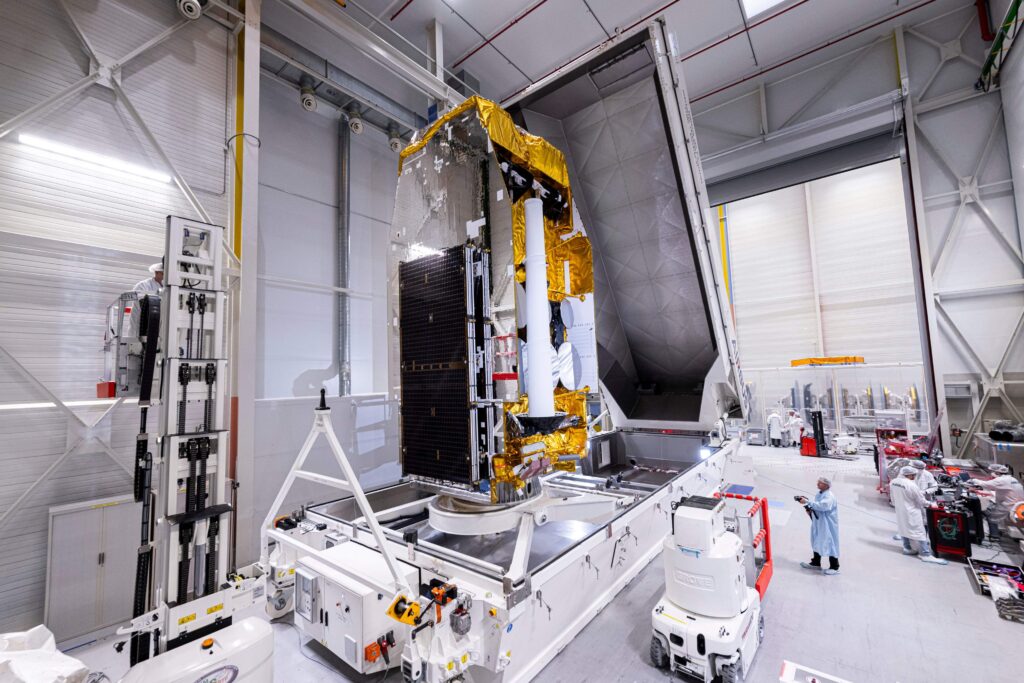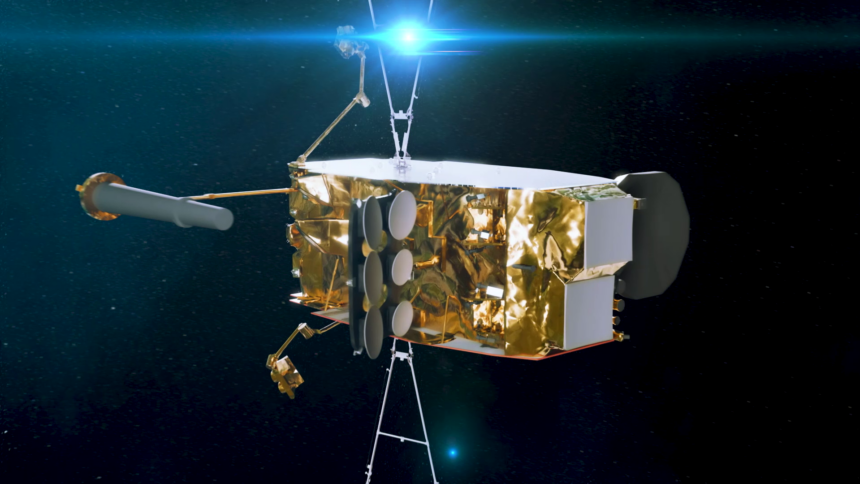Spain is making huge strides in satellite communications with the launch of SpainSat Next Generation I (SpainSat NG-I). This advanced satellite lifted off from Cape Canaveral, Florida, aboard a SpaceX Falcon 9 rocket, ushering in a new era for Spain’s space and telecom industries. Now fully operational, this 6.7-meter-high, 6.1-tonne satellite is designed to revolutionize secure military and governmental communications.
A second satellite, SpainSat NG-II, is set to launch in October, completing a next-generation system that provides secure connectivity across two-thirds of the planet. These satellites will support command and control for the Spanish Armed Forces while also offering secure communications for Spain’s government, NATO, and allied nations.
What’s Happening & Why This Matters
Advanced Technology for Secure Communication
The SpainSat NG satellites bring cutting-edge technology to European defense communications. These state-of-the-art satellites are equipped with:
- Anti-jamming and anti-spoofing systems ensure transmissions remain interference-free, even in contested environments.
- Enhanced nuclear resistance, protecting against high-altitude nuclear phenomena that could disrupt traditional satellite communications.
- Massive global coverage spans the United States, South America, Africa, Europe, the Middle East, and Singapore.

These features allow Spain’s military and government to maintain secure, uninterrupted communication channels worldwide. The satellites also ensure compliance with NATO’s operational communication standards, reinforcing Spain’s role as a key player in global defense operations.
A Major Boost for Spain’s Aerospace Industry
Beyond military applications, the SpainSat NG program is a huge win for Spain’s aerospace and technology sectors. The satellites result from extensive collaboration between Airbus D&S, Thales Alenia Space, and Spanish industry partners.
- 45% of the satellite’s components were manufactured in Spain, showcasing national expertise in advanced aerospace technology.
- Over 500 skilled jobs were created during the development phase, contributing to Spain’s high-tech workforce.
- 100 engineers will be employed yearly for the next 15 years, ensuring long-term investment in Spain’s aerospace industry.
- The Spanish industry led 40% of the total project development, further solidifying Spain’s position as a leader in European satellite technology.

Spain’s Role in European and Global Security
The SpainSat NG system is more than just a national asset — it is crucial in European and global security efforts. The satellites are part of the EU’s GOVSATCOM program, which ensures secure and resilient communications for European governments, military operations, and emergency response teams.
Additionally, these satellites enhance Spain’s alliances, providing secure communication channels for NATO missions and bilateral agreements with allied nations. This ensures Spain remains at the forefront of modern defense technology, strengthening its global standing in military and aerospace innovation.
TF Summary: What’s Next
Spain is solidifying its position as a leader in advanced communications technology with the launch of SpainSat NG-I, and the upcoming deployment of SpainSat NG-II. These satellites will redefine secure military communications, enhance global defense collaboration, and fuel Spain’s aerospace sector. With high-tech innovations, strategic global partnerships, and long-term industry growth, Spain proves that its telecommunications future is critical — of national, intercontinental, and global priority.
— Text-to-Speech (TTS) provided by gspeech


